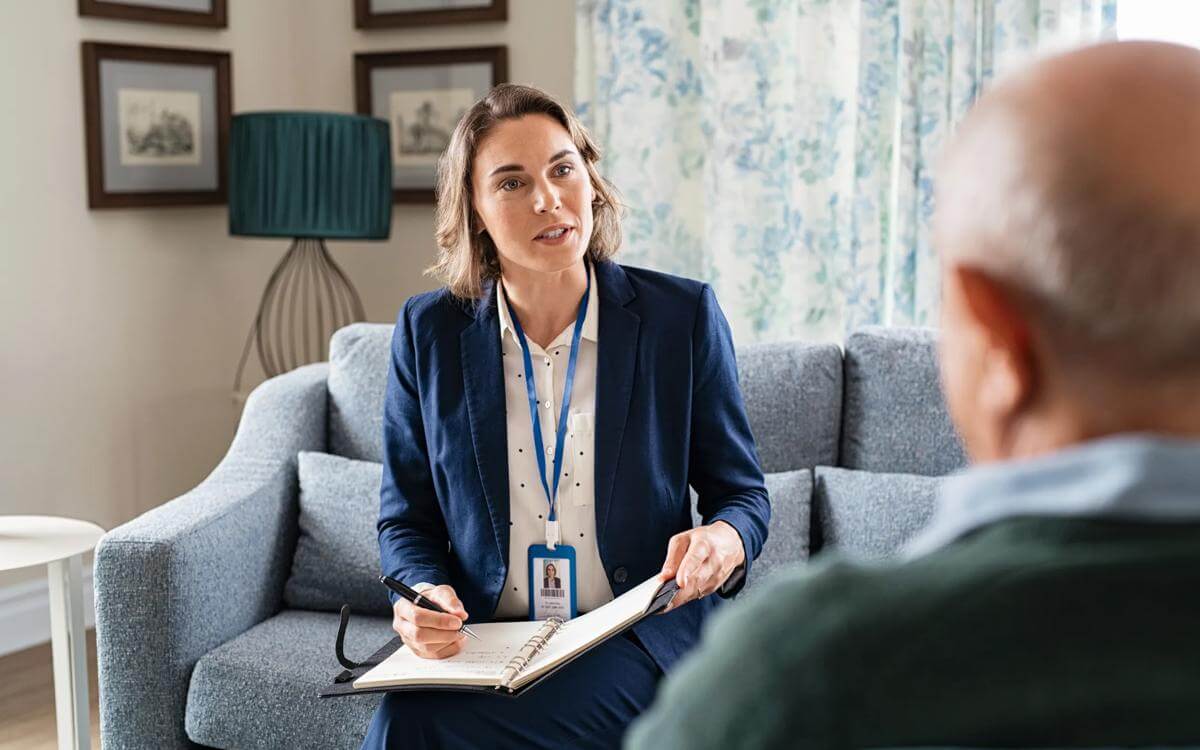Community Diagnostic Centres - the opportunities
Browne Jacobson commercial health partner, Jonathan Hayden, speaks to Darren Ramen, UK head of legal at Alliance Medical about the interest surrounding Community Diagnostic Centres (CDCs).
The NHS Long Term Plan, published in January 2019, laid out a 10-year vision to improve care for the population and contained many recommendations for the management and delivery of NHS services. A key chapter in the plan focused on making progress on care quality and outcomes, and better care for major health conditions, including cancer. As part of the solution to improve cancer outcomes, NHS England commissioned Professor Sir Mike Richards, a leading oncologist and former national cancer director, ‘to lead a review of the current cancer screening programmes and diagnostic capacity’ (Sir Mike Richards has also recently been appointed chair of the UK National Screening Committee).
The Richards report, Diagnostics: Recovery and Renewal was published in October 2020 and identified the need for Community Diagnostics Hubs or, as they have become known, Community Diagnostic Centres (‘CDCs’).
Browne Jacobson commercial health partner, Jonathan Hayden, spoke to Darren Ramen, UK head of legal at Alliance Medical about the interest surrounding CDCs.
As Darren mentions: “Diagnostics form a key part of the health and care journey for many patients (over 85% of all clinical pathways). The fundamental aim of diagnostics is to identify and characterise a disease or condition to allow subsequent treatment, if possible. Every year, the NHS spends over £6bn on over 100 diagnostic services, carrying out an estimated 1.5bn diagnostic tests.”
But are providers ready and waiting to participate in the CDCs?
Darren certainly thinks so: “Alliance Medical (‘AML’) has been working on a CDC type model for the last 6 years – although the focus has largely been on imaging so far, this is now not just about imaging. The additional elective diagnostic modalities required within a CDC do not pose the same complex issues for facility delivery as imaging and can easily be added to the models we have created.”.
The government has committed £2.3bn of capital funding over the next three years to transform diagnostics, with potentially 100 community diagnostic centres ultimately being established across England. It is expected that CDCs will provide a growing proportion of elective diagnostic provision across systems over this period.
2021/22 has been a foundation year to support mobilisation, with 40 sites on the initial list of proposed CDCs - https://www.gov.uk/government/news/40-community-diagnostic-centres-launching-across-england. NHS England & Improvement has also established a framework agreement of potential CDC providers, following a procurement process which started last Summer.
The plan is for CDCs to, ideally, be located separately from other acute hospital services: either within a dedicated building on an existing acute site, or ideally on a separate site.
The CDC will be staffed by a multi-disciplinary team of staff including nurses and radiographers and will be open 7 days a week (for extended, 12-14 hour, opening periods).
CDCs are likely to fall within one of three broad design models:
- Standard – providing minimum requirements across imaging, physiological measurement and pathology.
- Large – providing the “standard” requirements plus: endoscopy (including gastroscopy, colonoscopy and flexi sigmoidoscopy) and potentially other parts of the diagnostic pathway (such as outpatient consultations) and other services required locally.
- Hub and spoke model – where the central hub provides at least the “standard” requirements, and the ‘spokes’ provide further capacity for specific tests either through a satellite location, mobile unit or pop-up.
In Darren’s view: “The locations, size and scope of CDCs are likely to be different for different locations, there will not be a one size fits all. Depending on the density of the population, CDCs may vary greatly in size and scope and providers like AML will need to work closely with commissioning partners to develop and support local needs. Staffing will also be a complex area to manage – it is likely that there will be different groups of staff (NHS, another independent sector provider, facilities management) that all need to be integrated under the umbrella of the CDC.”.
Whether you are a commissioner or potential provider (or even a potential service user), CDCs are an exciting development and are likely to form a growing part of our local healthcare services.
If you would like to discuss opportunities surrounding CDCs, please get in touch with either Jonathan or Darren.
Contact

Mark Hickson
Head of Business Development
onlineteaminbox@brownejacobson.com
+44 (0)370 270 6000







































